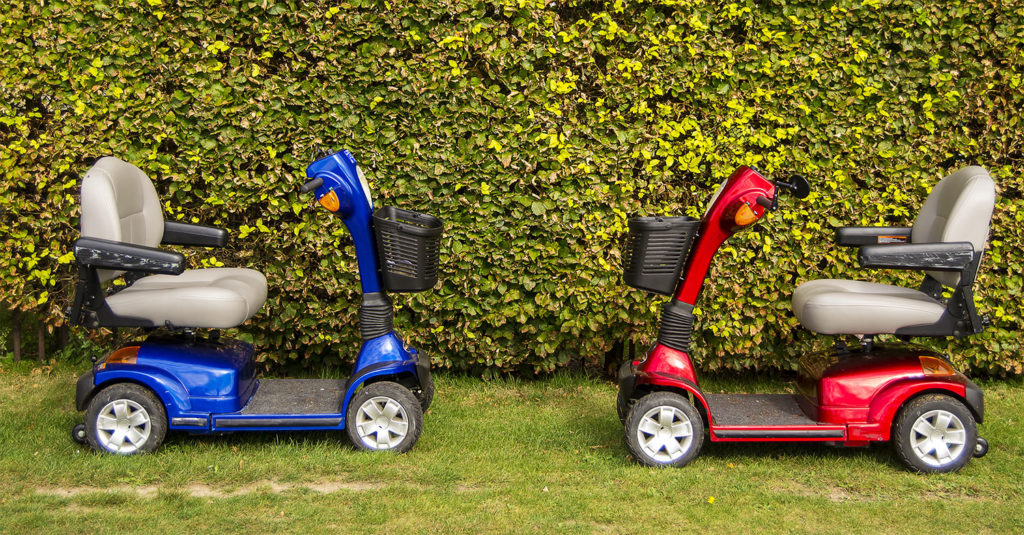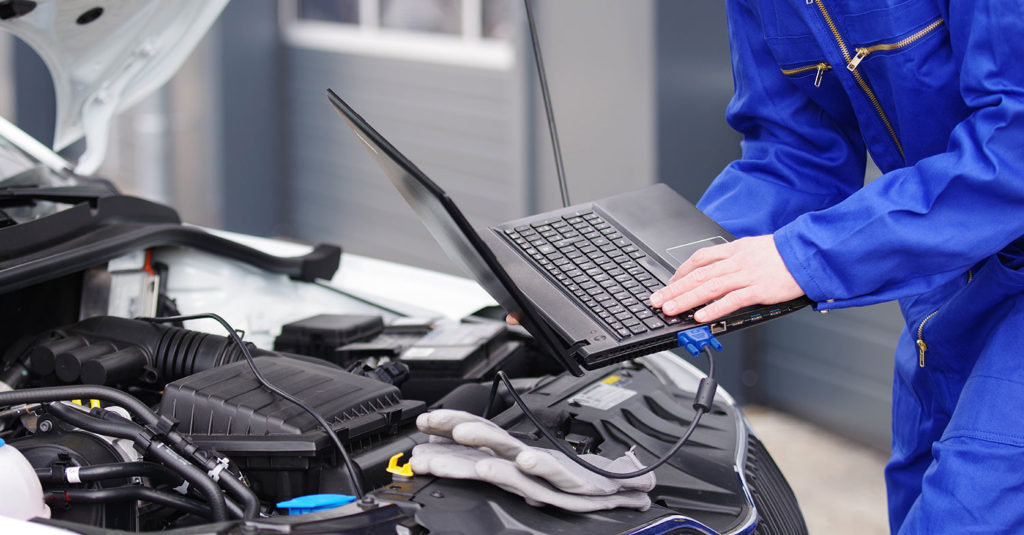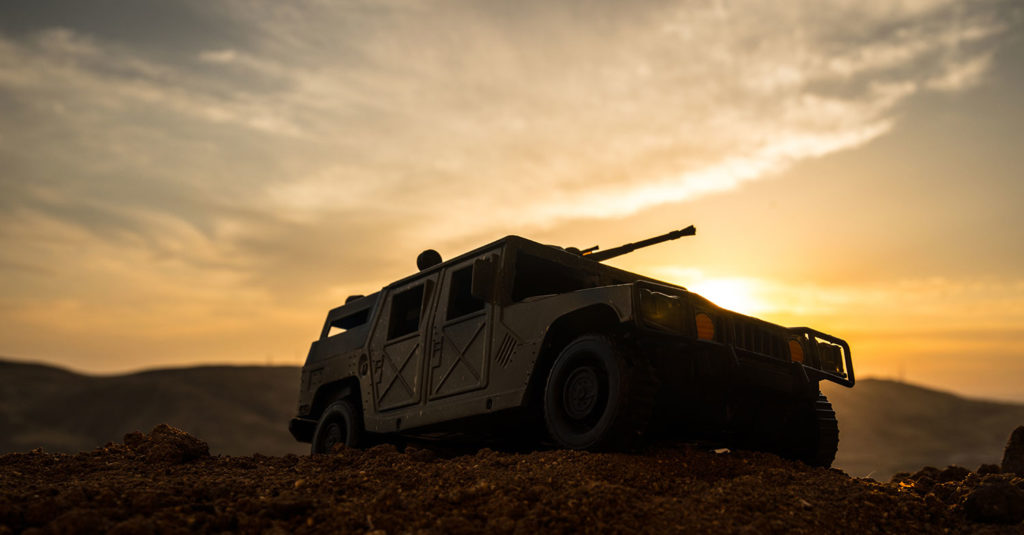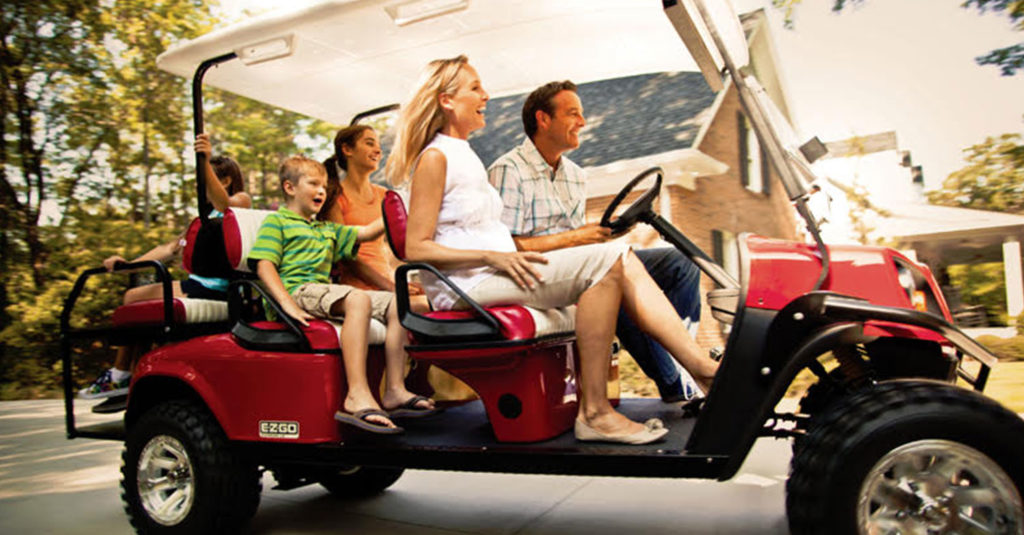Lead Acid Battery vs Lithium Ion
There is a wide variety of energy storage options that are available today for the stationary power market. A few examples are capacitors, compressed air, pumped hydro, flywheels, and rechargeable batteries. These various storage options are all competing for a stake in the emerging role of energy storage. Each technology has a variety of merits based on numerous application-specific factors. We will focus on the comparison of two battery chemistries: lead-acid and lithium-ion (Li-ion). In general, the comparison is that while the most cost-effective solution is dependent upon several factors. You will notice there is a large market segment where lithium-ion has a lower cost of ownership when it’s compared to lead acid.
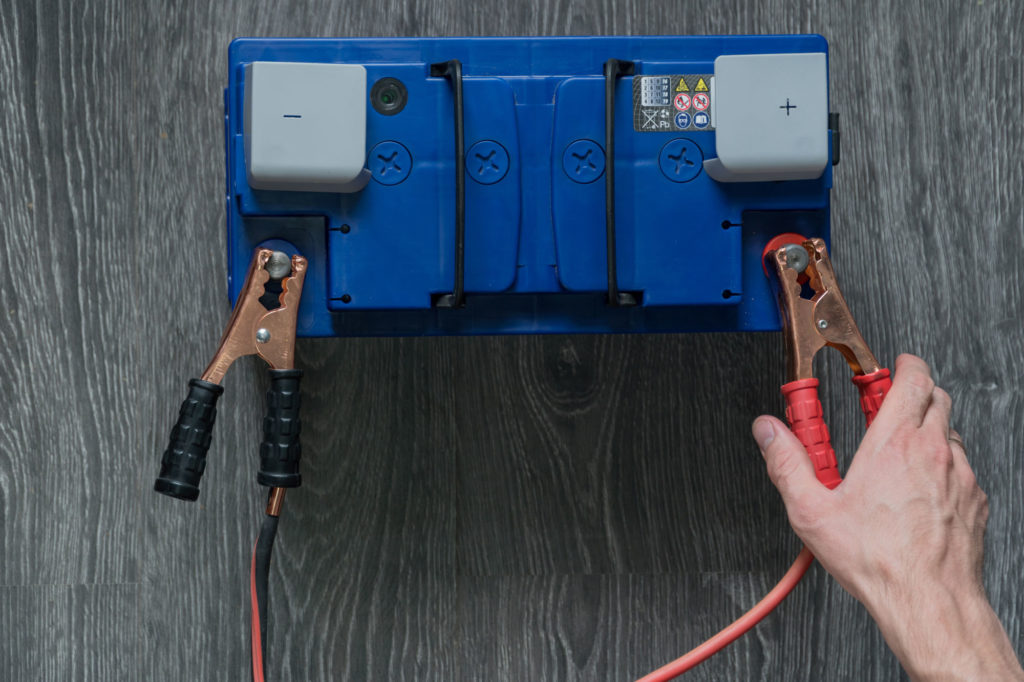
As far as off-grid renewable systems, lead acid and nickel-based batteries currently dominate the industry. However, nickel batteries (NiCd, NiMH) are presently being phased out due to the combination of cost as well as environmental factors. The lead-acid battery has been around over 100 years and will continue to be a market force for the foreseeable future owing to the low cost and well-established manufacturing base. Lithium-ion is a well-established technology for portable electronics but is still finding its role in larger scale applications. It is emerging as a contender in specific stationary applications where volume, weight, temperature sensitivity, or low maintenance is more important than the initial cost. The following chart illustrates how lead-acid and lithium-ion fit into the rechargeable battery world.
Cycle Life Comparison
Lithium-ion has a significantly higher cycle life than lead acid in deep discharge applications. The disparity is increased as the ambient temperatures increases. You can increase the cycle life of each chemistry by limiting the depth of discharge (DoD), discharge rate, and temperature. The lead-acid battery is generally much more sensitive to each of these factors.
As the depth of discharge influences cycle life, the figure shows various DOD percentages for the lead acid. The AGM pack is seen to be limited to a 30% depth of discharge to get the comparable life of a lithium-ion that is at 75% depth of discharge. This means that the AGM batteries must be 2.5 times more abundant in capacity than the lithium-ion to get comparable life.
In warmer climates, where the average temperature is 92°F, the disparity between lithium-ion and lead-acid can be exacerbated. The cycle life for lead acid (flooded and VRLA) drops to 50% of its moderate climate rating while lithium-ion will remain stable until temperatures exceed 120°F.
Does your project require Lead Acid over Lithium?
LEAD ACID BATTERY RECYCLING
Most people have a junk drawer or bin located somewhere in their house, and in almost all of those you can find at least one dead battery or maybe even two.
In most places, you can now actually throw those used AAAs into the trash, or you can also choose to recycle them at numerous locations across the country.
Here are a few ways to know if you can toss those batteries in the trash or not.
Firstly, it depends on what kind of battery you’re trying to dispose of.
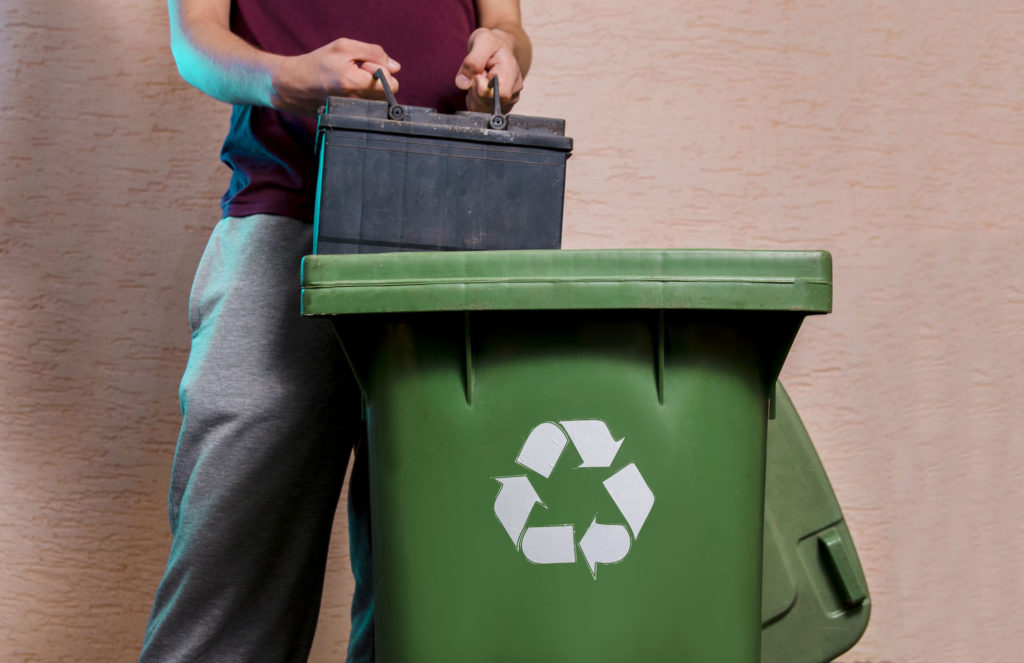
Car batteries, or any other type of large, lead-acid battery, cannot go into your regular household trash or the recycling. This should be obvious once you hear the words “lead” and “acid” — two things that shouldn’t be released into the environment all willy-nilly.
The good news is that approximately 98% of lead-acid batteries are currently already being recycled, according to the US Environmental Protection Agency. You can look up online where to dispose of car and other lead-acid batteries at Earth911.
Never throw a rechargeable battery in the trash. These almost always contain nickel cadmium which, according to the EPA, can leach into the soil, water, and air in landfills or incinerators. The packaging should warn you of that, and state that you have to take the rechargeable batteries to a collection site.
Need help finding a place to recycle Batteries?
AGM BATTERY VS LEAD ACID
Wet Cell, Lead-Acid batteries are the more traditional option – these are also referred to as “flooded” batteries. Flooded batteries have a plastic casing that contains vertical lead, and lead oxide plates inside. Battery acid fills that space between those plates. The electrical current is created based on the reaction between the lead, lead oxide, and battery acid.
AGM (absorbed glass mat) batteries function similarly; however, there is one crucial difference in the design. AGM batteries have glass fibers that are woven into sheets that are put in between the plates of the cell. These plates are soaked with battery acid rather than having acid flowing around inside the battery, the acid-soaked plates suspend the solution and keep it in contact with the plates at all times.
ADVANTAGES:
This design difference is what makes the AGM a far more efficient battery. It also has a cycle life that is nearly two times as long, the recharge time is cut in half, and one significant benefit is it can absorb twenty times of the vibration resistance. This makes AGM batteries spill-proof and allows for shipment of the cells without any restrictions on hazardous material.
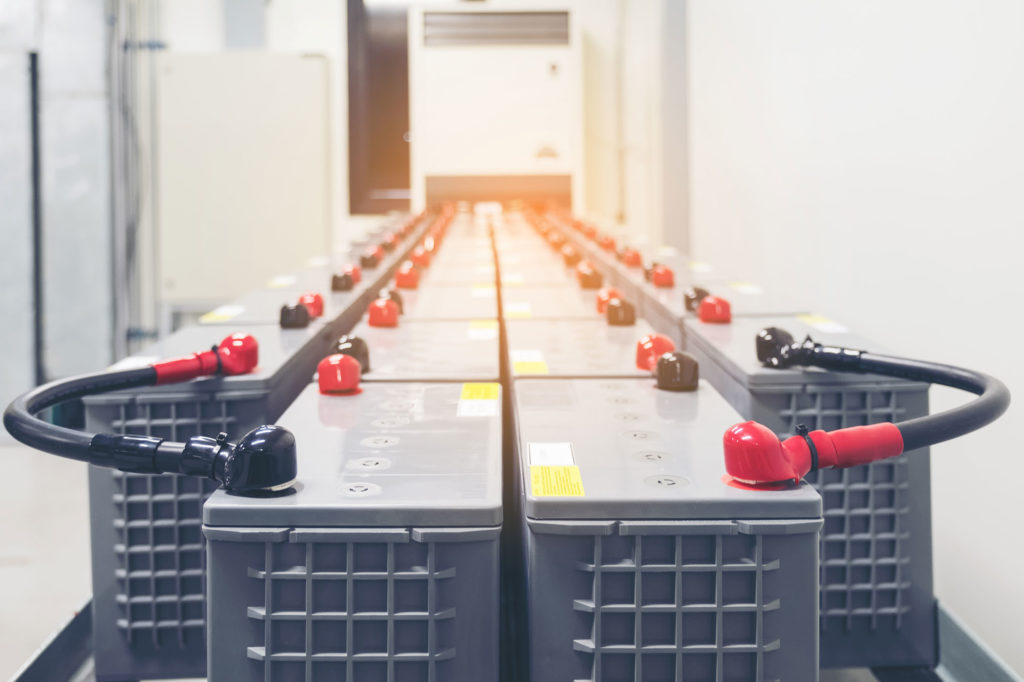
Four unique technical advantages of an absorbed glass-mat battery versus the flooded lead-acid battery:
AGM batteries do not show terminal corrosion. Without terminal corrosion, there is less lifetime maintenance on the battery.
The AGM battery doesn’t produce or expels hydrogen or oxygen gases, as the flooded lead-acid battery does. Electrolyte and water loss is avoided without these external gasses escaping during charging and discharging.
When comparing batteries of the same group size, AGM’s permit an additional plate surface area. By increasing plate surface area, this correlates to higher ratings in cold cranking amps (CCA) and reserve capacity (RC).
An AGM battery also has a lower internal resistance than a flooded lead-acid battery. This allows for faster recharge and a slower discharge.
Want to know more about AGM vs Lithium-Ion?
LITHIUM-ion Benefits
MOBILITY
Want to cut your batteries charge time by 60%? Want to go further with each charge? Getting to the next place from another is simple when you’re using VuDu® wheelchair and mobility scooter batteries.
Performance
Performance is what we do best! Our lightweight lithium iron phosphate technology delivers entirely consistent voltage giving you an engine start that you will not believe until you hear for yourself.
MILITARY
VuDu® Energy® is a worldwide manufacturer and distributor of the most advanced generation of Lithium Ion Phosphate Batteries.
MARINE
VuDu® Energy is changing the game! Our 12V Lithium Marine Batteries come with a TEN YEAR WARRANTY and are suitable for any Marine application from luxury yachts and sailboats to bass boats and kayaks.
GOLF CART
The VuDu® built in battery management system is marine grade for maximum strength and reliability. Designed to handle Heavy Duty High Amp Loads our advanced BMS allows customers to use 100% of the rated capacity while maintaining maximum performance and life expectancy of the battery.
RV
VuDu® Energy is changing the game! Our 12V Lithium RV Batteries come with a TEN YEAR WARRANTY and are suitable for any RV application from luxury motor coaches to travel trailers.
Vudu Promises

Reliability
VuDu® replacement Lithium Ion Batteries have been in production and sold to commercial and consumer markets for nearly ten years.

Commitment
VuDu® also takes great pride in understanding your concerns and demands. Please let us know how we are doing. Any suggestions or comments about our products are highly appreciated.

Customer Service
We are available seven days a week, late hours, and even most holidays to support our worldwide client base. Most calls will always be answered by a live VuDu® representative who is knowledgeable and friendly. If your request is not responded to right away, we will return your call promptly in the order we receive it.

Applications
VuDu® products are being used in hundreds of applications like Electric Vehicles, RV's, Boats, Cars, Robotics, Telecommunications, Military, Industrial, and Recreational equipment. Our track record of reliability, consistency, and quality is why we are the leading supplier of drop-in replacement lithium-ion batteries worldwide.
Subscribe to Newsletter
Sign up for updates, promotions, news, and much more!

